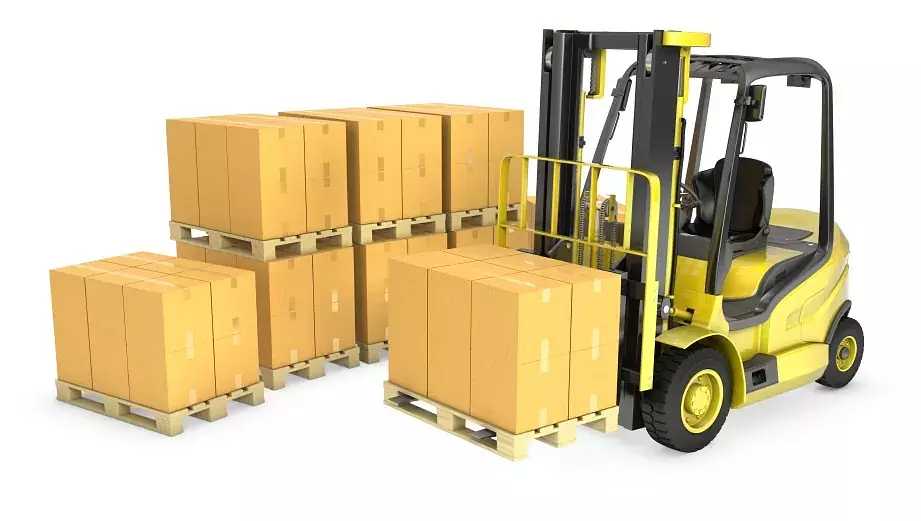 Why Your Business Needs Explosion-Proof Forklifts
Why Your Business Needs Explosion-Proof Forklifts
Explosion-proof forklifts, such as the EE Forklift, EX Forklift, EX Pallet Truck and EX Walkie Stacker, are necessary equipment in explosive and hazardous environments. They are also necessary for any business that manufactures, ships or stores flammable or other hazardous items.
Typically, what explosion-proof forklifts offer that other forklifts don’t are computerized monitors that shut the equipment down should they sense hazardous fumes, smoke or gasses in the surrounding environment. This means that a forklift can either be manufactured to be explosion-proof, or it can initially be a “normal” forklift that has been retrofitted with devices that make it explosion-proof.
5 Industries That Should Invest In Explosion-Proof Forklifts
1. Perfume Manufacturers and Suppliers – Most perfumes contain alcohol or ethanol at a purity of at least 50 percent. Not only are ethanol and alcohol highly inflammable and subject to explosion because they are packaged within air-sealed containers; as hydrocarbons, such substances can be toxic at 5 percent purity.
It’s no wonder, then, that the use of perfume has often been banned in America’s history, from the early colonial period through the days of Benjamin Franklin and, later, in the 1930s. Today, of course, the public is becoming increasingly familiar with and used to interacting with hydrocarbons due to federal fuel admixture requirements that have led to vehicles like Chevrolet-GMC’s E85 flex-fuel cars. However, these substances come with risks and safety must be of the utmost importance whenever they are handled.
2. Cosmetics – Since the early 20th century, cosmetics, such as rouge, eye-liner and lipstick, have all been popular consumer products. However, they also come with hidden dangers. In fact the federal FD&C Act stipulates that all cosmetic products must be labelled with caution statements because often their contents are combustible, toxic or both.
One combustible substance often found in cosmetics is aerosols, which not only deplete the ozone layer but are also highly explosive. Consequently, any business dealing in any quantity of these products must take appropriate safety measures, such as using explosion-proof forklifts, whenever managing and moving stock.
3. Paints – As noted by the United States Postal Service, paints can be highly inflammable. In fact, the USPS classes most paints as combustible liquids and will only permit their shipping if they qualify as ORM-D materials that adhere to limitations on quantity and packaging and are prepared for mailing according to strict guidelines.
Of course manufacturers, merchants and storage facilities dealing exclusively in a majority of latex and other water-based paints need not concern themselves with product flammability. The qualification to this, however, is that even some types in this typically non-combustible class of paints are, in fact, combustible or otherwise hazardous, and non-manufacturing businesses dealing in paints should always consult the materials’ producers before proceeding to treat their stock as safe.
4. An “ink” is any liquid whose intended purpose is for drawing, writing, printing or otherwise permanently marking another material. Typically, inks are composed of highly ground pigments, including carbon black, mixed with drying sands and suspended in oils. Like many paints, then, many inks are combustible and inflammable, and again, as the USPS advises during your moving, may not even travel via post unless they qualify for an ORM-D designation.
What’s more, some inks can combust due to simple impacts. As a result, then, they should always be cushioned and moved with the utmost care. And all businesses trading in these substances are well advised to use explosion-proof forklifts when handling their stock of inks.
5. Rubbers – Although latex is not typically inflammable, some rubber-based products and raw rubbers are highly combustible. Consequently, even companies not dealing in rubbers directly – for instance, pharmaceutical companies producing drug vials and syringes – but whose products or product packaging contain high amounts of rubber should handle their stock with added care. Indeed, incidents are on record of such businesses inadvertently causing fires when they released highly inflammable polyethylene into the air as they were treating rubber for use in their products.
Polyethylene exists in many rubber products because it reduces the stickiness of raw rubber. However, if not monitored correctly, this highly combustible compound can evaporate during drying processes and later settle as a highly inflammable, dust-like particulate. Certainly, caution should be used to prevent the dissemination of this particulate whenever rubber components are produced, but even when finished products using such components are sealed, extreme care should be practiced in their handling.
